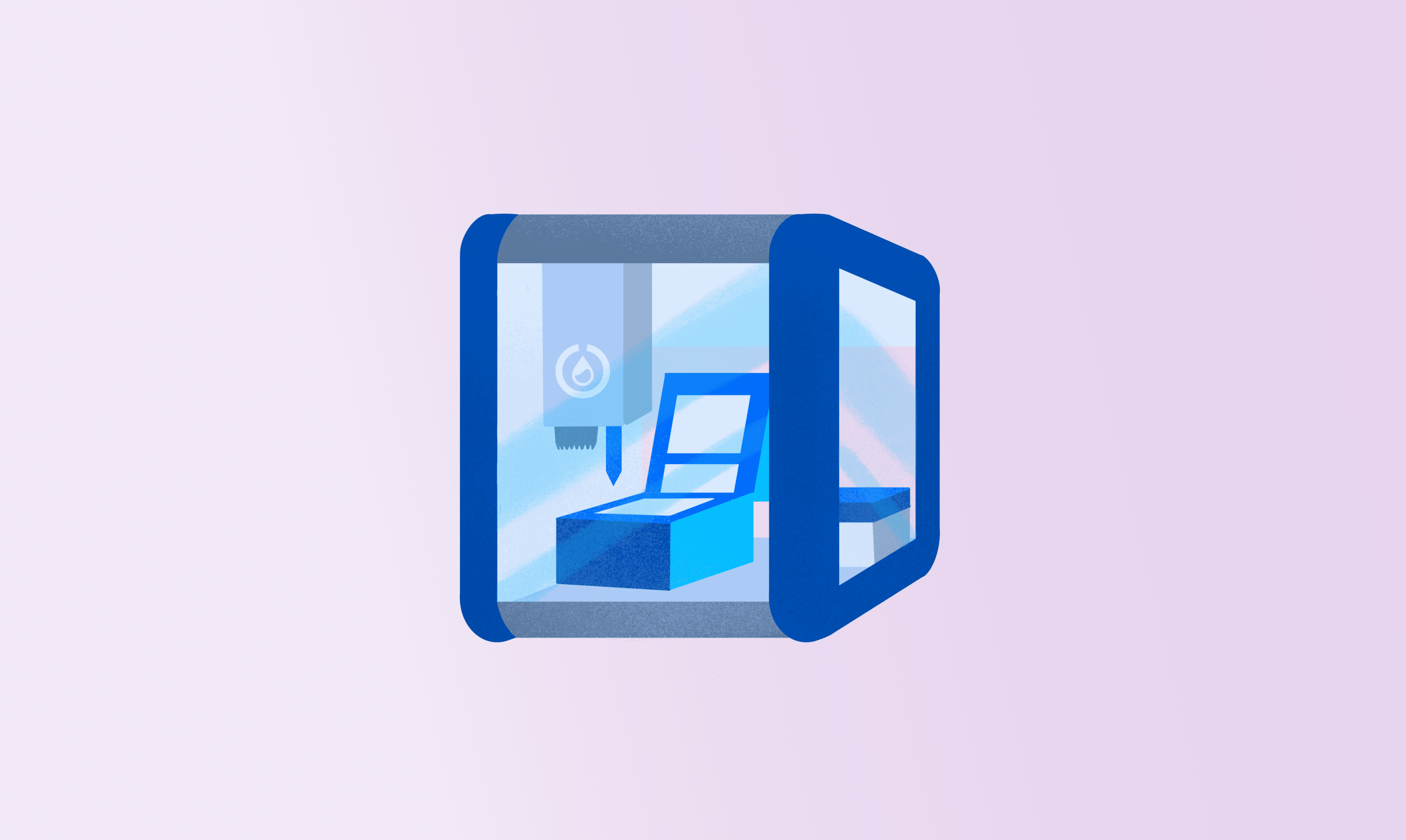
As part of our education initiative at Opentrons, we’re creating a series of case studies on educators who are using our hardwear in teaching settings. Here are our key takeaways from our conversation with Dr. Mike McDonald, who introduced Master’s-level sequencing technology students to OT-2 for liquid handling automation.
Educator Profile
Mike McDonald, an Associate Professor and Director of Research for the School of Biological Sciences at Monash University, is an early adopter and proponent of lab automation in teaching spaces.
At Monash University, a large, prestigious research institute in Australia, Mike has acquired two of the OT-2 robots, introducing students to sequencing technologies that are not traditionally available in academic settings.
Educational Objectives
Learning outcomes include programming a liquid automated handler robot, and converting traditional experimental protocol into automated protocol with the overall aim of developing hard skills and experience that readily transfers to careers in the field of diagnostic genomics.
Context and Implementation
Sequencing Technologies is a year one, semester one course taken by a cohort of approximately 30-40 Genome Analytics Master’s students. Post-graduation from this multidisciplinary program, many of these students pursue careers in diagnostic genomics, with job titles including Genome Analyst, Medical Laboratory Scientist, Clinical Curator, or Medical Scientist. Approximately 50% of graduates from the Analytics Master’s program are placed with a Ph.D. program or get a job in the field within 2 months of graduating.
The course takes a comprehensive approach, with students learning a variety of methodologies for sample and library prep, assessing data quality, troubleshooting sequence generation, and performing basic genomic analyses using sequencing platforms like Illumina.
Students first learn manual prep to ensure they can carry out fundamental skills. As Dr. Robert Bryson-Richardson, director of the Master of Genome Analytics program, says, “It’s very important [that students] know how to manually prepare. [Students] don’t really understand what the automated systems are doing if they don’t understand what good pipetting versus bad pipetting is.”
As they transition to learning automated prep, Mike and his teaching team demo the OT-2. Students then design a simple dilution series protocol on their own and come together as pairs to actually run it before progressing to a more complex protocol and troubleshooting experience.
As the Genome Analytics program is often computational-focused, the hands-on work for lab automation on the OT-2 tends to get students engagement and attention, with Mike recounting that his students were “making videos of themselves using the robot and [they were] pretty excited about it!”
Results and Impact
Using OT-2 for liquid handling automation provides students with practical experience on cutting-edge equipment, which translates to how students perceive their likelihood of career success. Student feedback highlights this point, with one student commenting:
“I really enjoyed how ‘hands on’ it was. It felt like we were practicing skills that would be used in the industry as it was clear to see the parallels between this and a future career. The unit was consistently engaging to me in a way that was not overwhelming yet still allowed me to feel like I was learning a lot.”
The Sequencing Technologies course has received an “Outstanding Student Feedback” award for each year it’s been offered.
Future Plans
In addition to expanding the use of OT-2 practical assessments in another Master’s-level course, Mike and his department are currently addressing the challenge of scaling the use of OT-2. To introduce Opentrons robots education to larger class ratios at the undergraduate level, they’re considering using demos and other forms of hands-off engagement with the OT-2.
With discounting offered through the Opentrons education initiative, Mike and his colleagues are considering increasing their fleet of OT-2 robots, which could make hands-on undergraduate work more feasible.
Conclusion
Introducing students to the OT-2 automation provided practical experience and enhanced career prospects for students in Mike McDonald’s Master’s-level Sequencing Technologies course.
In addition, use of the OT-2 improved student engagement in coursework. In unexpected moments that highlight the interest students have in developing these practical skills, some students have been seeking opportunities to work with the OT-2 outside of class time.